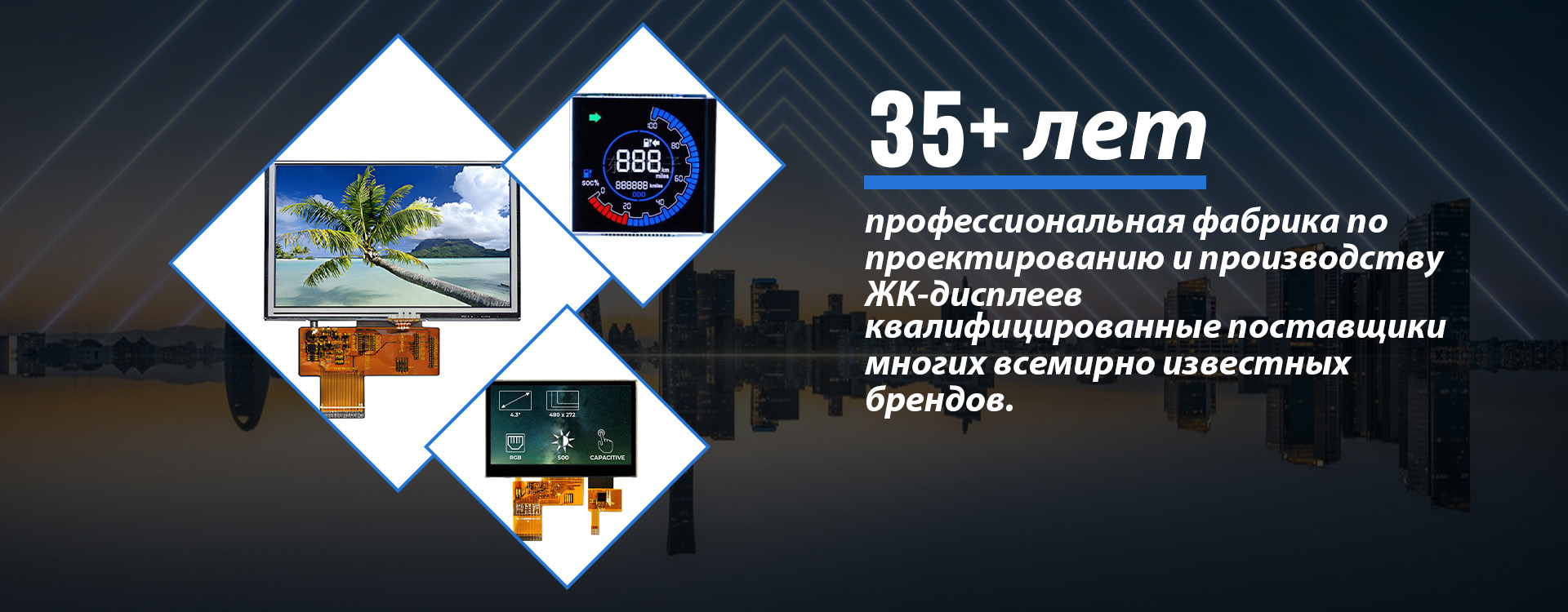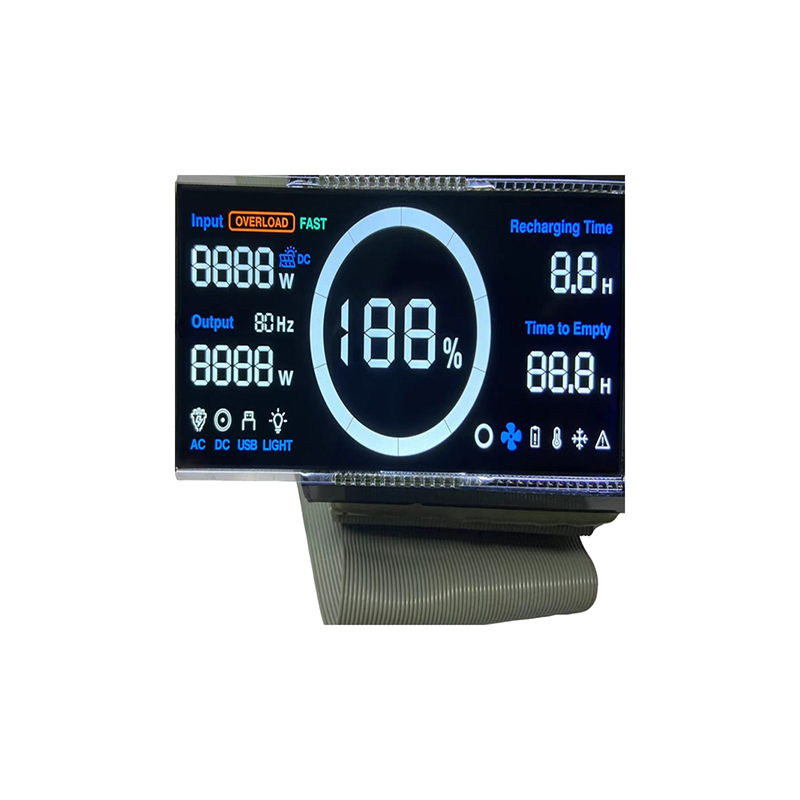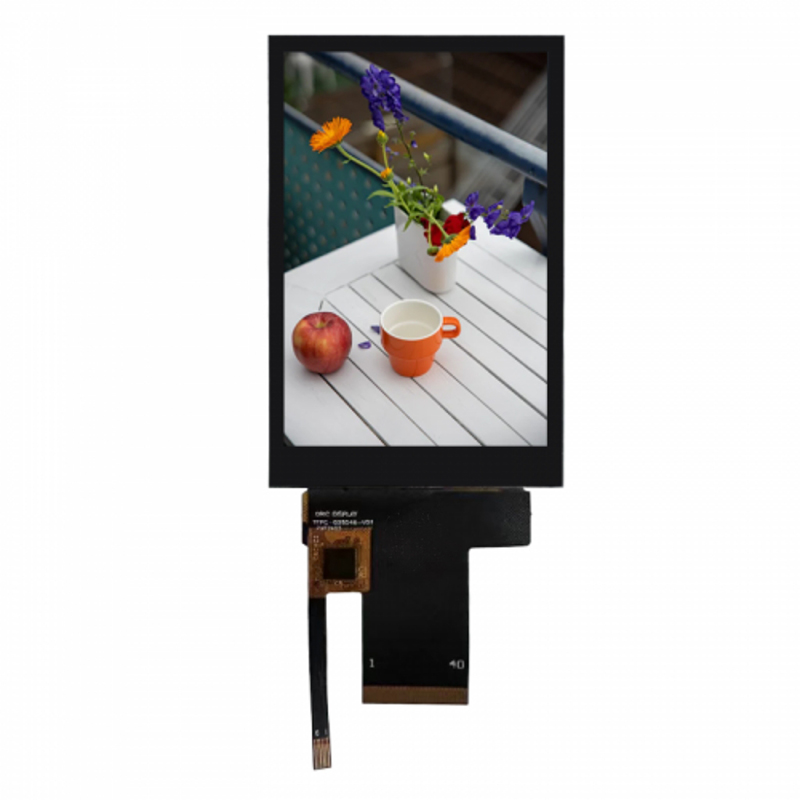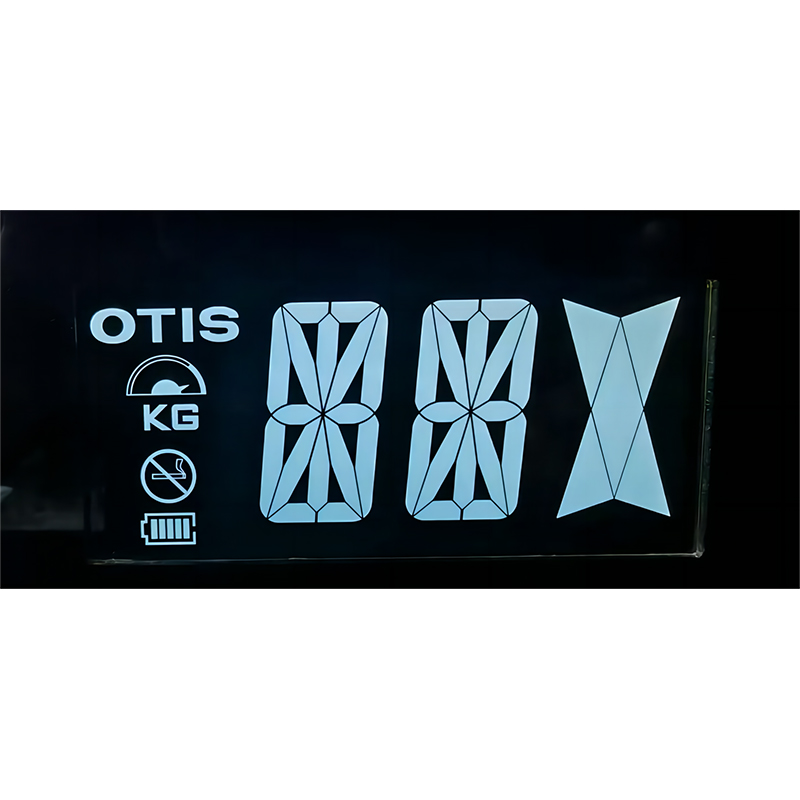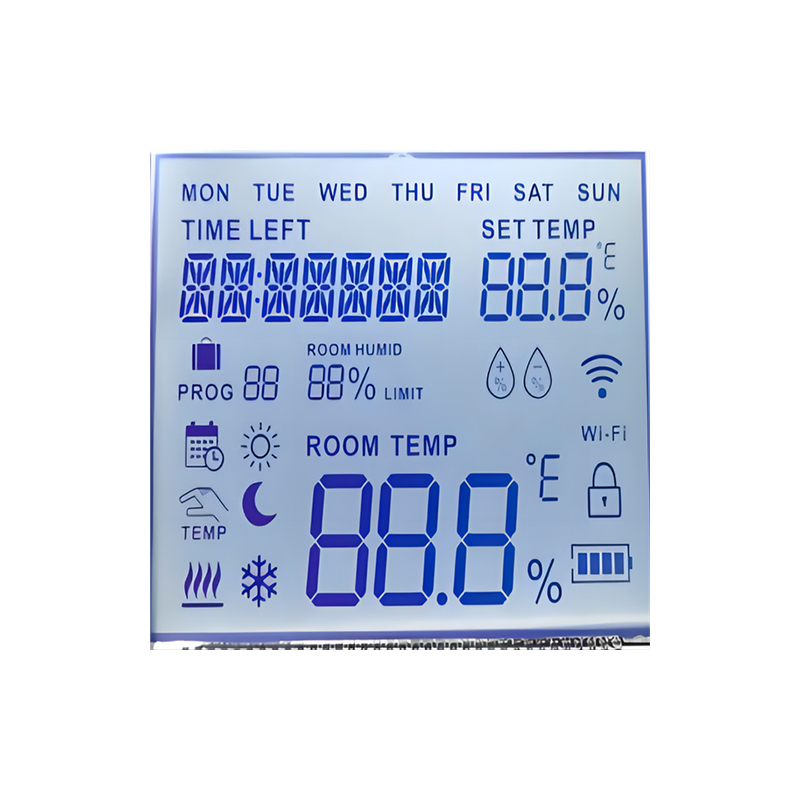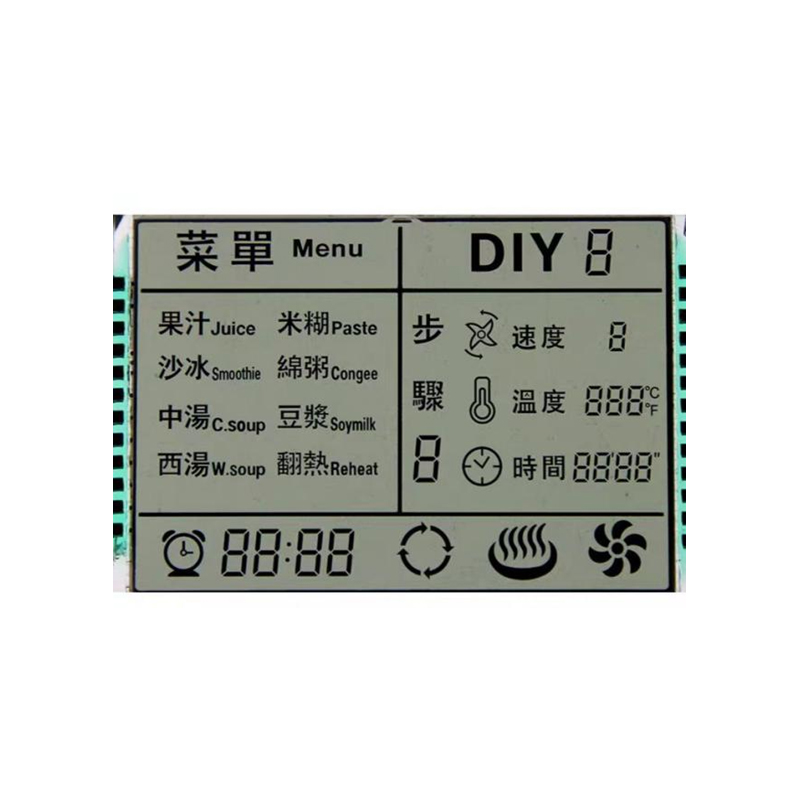
This comprehensive guide explores the world of LED segment displays, covering their types, applications, selection criteria, and considerations for successful integration into your projects. We'll delve into the technical specifications, advantages, and disadvantages of various LED segment displays, empowering you to make informed decisions for your specific needs.
The most common type, seven-segment displays consist of seven individual LEDs arranged to form the digits 0-9. Variations include common anode and common cathode configurations, affecting how they are powered and controlled. These are ideal for simple applications requiring clear digit representation, like clocks, timers, and basic instrumentation. Consider factors like brightness, viewing angle, and the operating voltage when choosing a seven-segment display.
To reduce the number of pins required for larger displays, multiplexing techniques are employed. Multiplexed LED segment displays sequentially illuminate segments, creating the illusion of simultaneous illumination. This method is cost-effective for larger displays but may require more complex control circuitry and might result in slightly lower brightness.
Offering greater flexibility in displaying characters and symbols beyond numerals, dot matrix displays utilize a grid of LEDs. They provide superior visual clarity and can display more complex information but are often more expensive and consume more power than simple seven-segment displays. The resolution of the display directly impacts its capability to display intricate graphics or characters.
Selecting the appropriate LED segment display involves several key considerations:
| Feature | Considerations |
|---|---|
| Display Size & Type | Seven-segment, dot matrix, number of digits, character height |
| Brightness & Viewing Angle | Ambient light conditions, readability from various distances |
| Power Consumption | Battery life, heat dissipation, power supply requirements |
| Interface & Control | Microcontroller compatibility, communication protocols (e.g., I2C, SPI) |
| Color & Wavelength | Red, green, yellow, or other colors, application-specific requirements |
LED segment displays find widespread use in a variety of applications, including:
When sourcing LED segment displays, consider factors such as product quality, reliability, technical support, and lead times. For high-quality LED segment displays and related components, explore options from reputable manufacturers. One such supplier is Dalian Eastern Display Co., Ltd., a leading provider of various display solutions.
By carefully considering the aspects discussed above, you can confidently choose and integrate the optimal LED segment display for your specific project, maximizing performance and efficiency. Remember to always consult the manufacturer's datasheet for detailed specifications and operational guidance.
